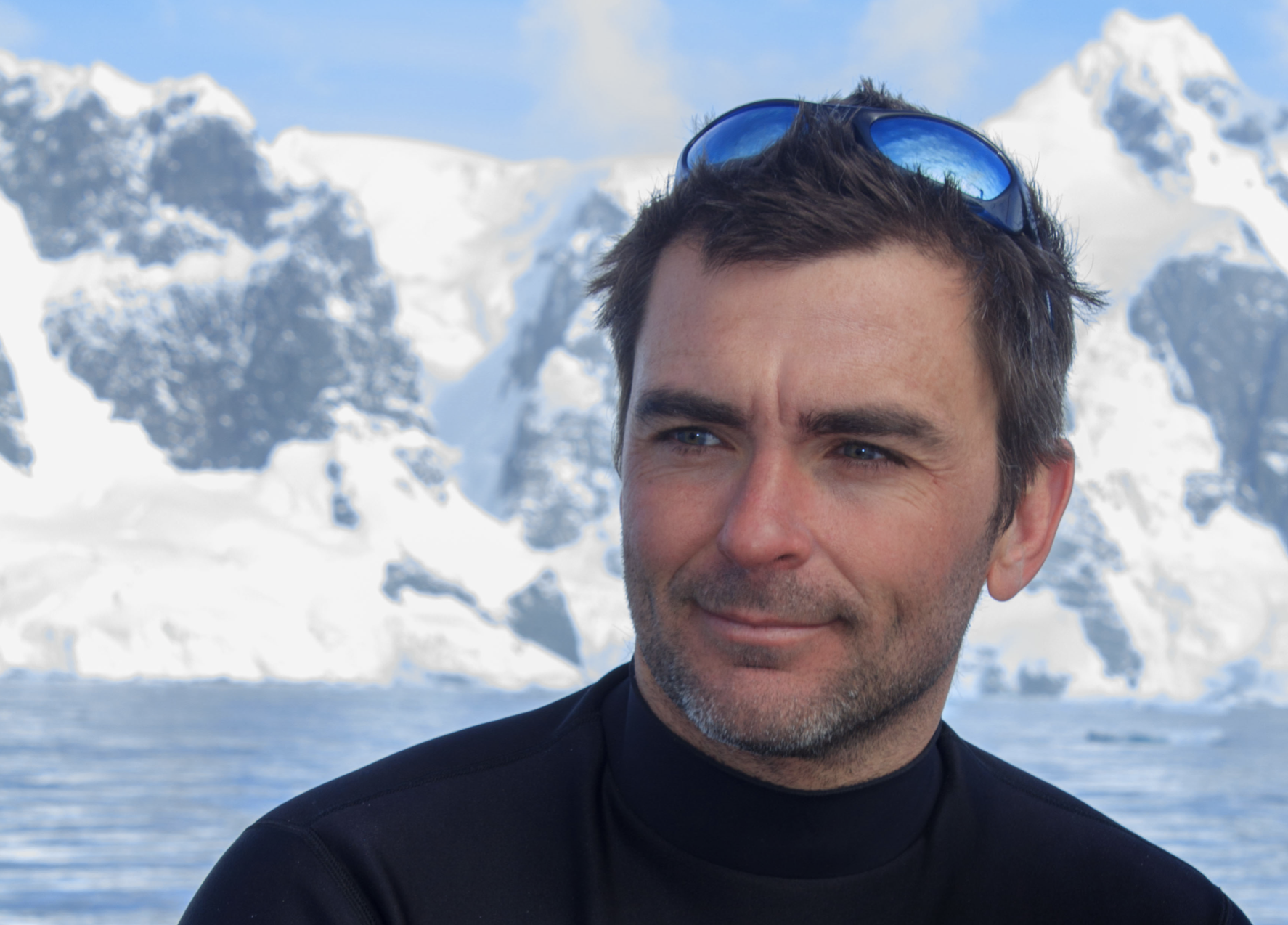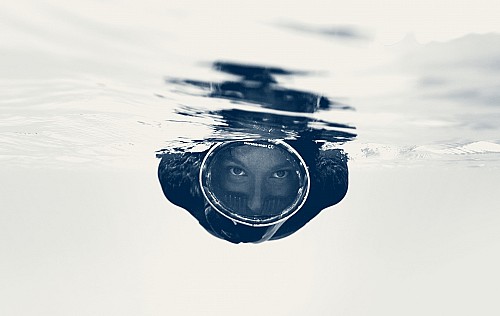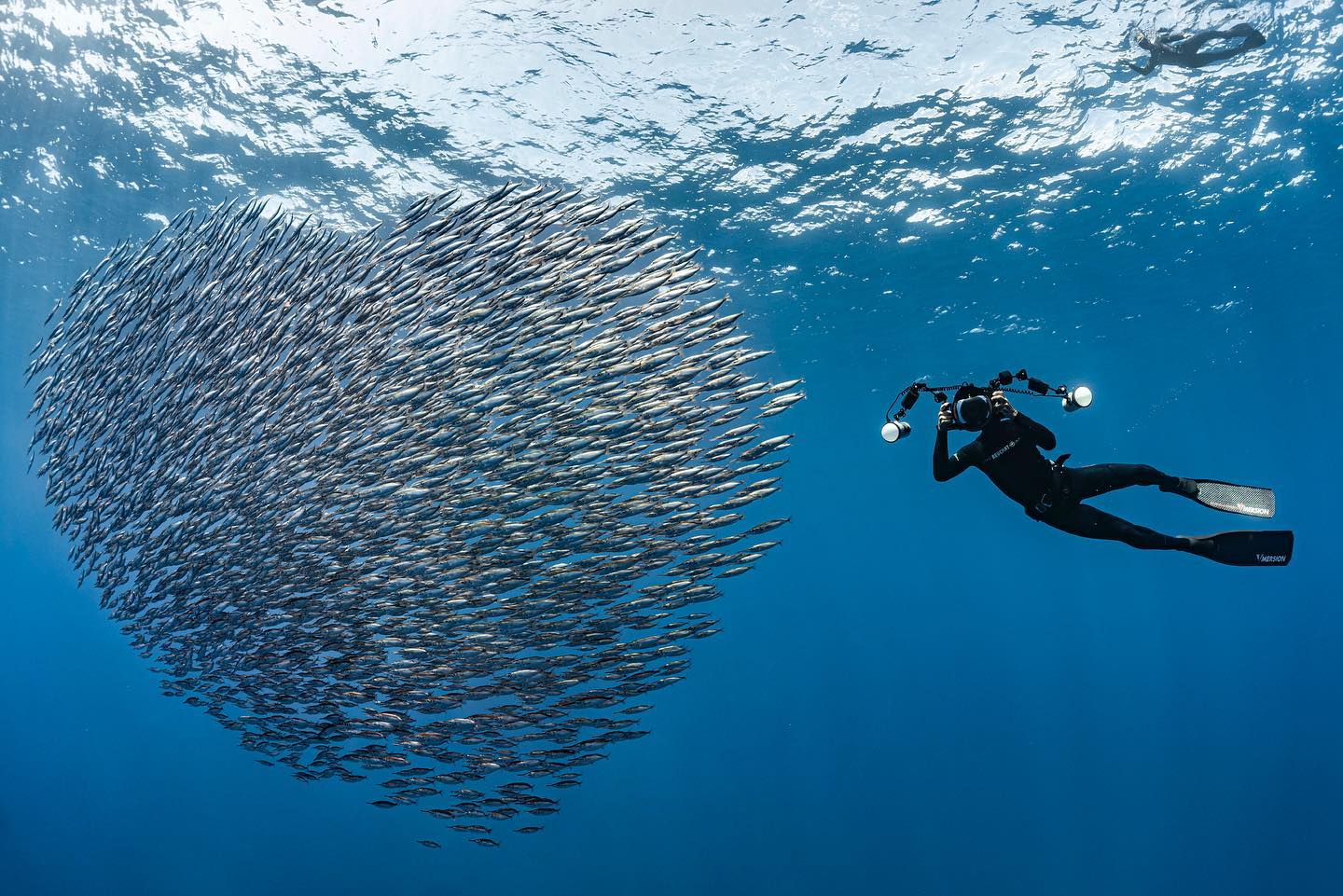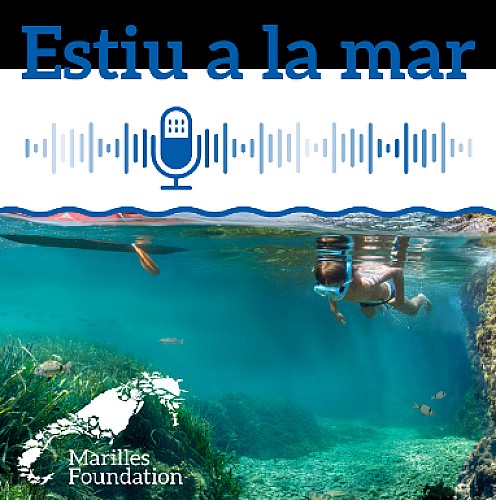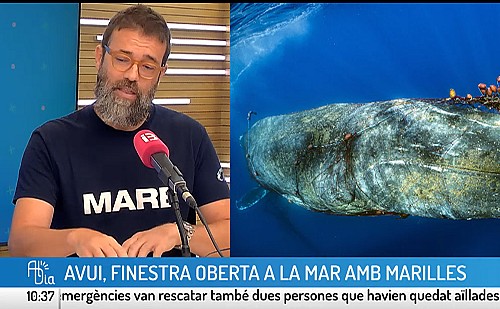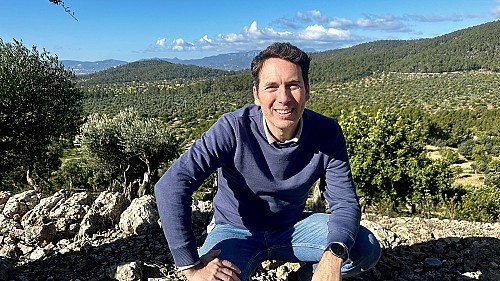Jordi Chias was born in Barcelona in 1973. His greatest passion is the sea. Since 1998 he has been working as a freelance photographer specialising in aquatic subjects, especially underwater. His speciality is marine fauna, although he has also photographed some of the most extreme adventure sports: freediving, cave diving, and deep wreck diving. His work has been published in different media (books, magazines, websites) and some of his photographs have been recognised with honourable mentions in various competitions, including the BBC Wildlife Photographer of the Year (2006, 2008, 2010, 2012, 2013, 2014), the most important nature photography competition today. Jordi Chías is a member of the jury for the third annual MARE competition, which ends on 15 September.
What does underwater photography contribute to marine conservation?
Photography, in general, is a very powerful tool, as it is an instant and impressive way of telling a story and transmitting a message that involves us as interpreters of what we are seeing.
What does MARE contribute to the conservation of the Balearic Sea?
The competitions help to disseminate a theme. It is a concentration of good images with a very specific theme, in this case the Balearic Sea. Therefore, it helps to disseminate the natural heritage hidden in the Balearic Sea to the general public.
As a member of the jury of the third annual MARE competition, what are you going to value in the photographs submitted?
The most important thing in a competition is to look for good images. At the same level, I try to make sure that the images are honest, that is, that they tell real stories. Finally, I value originality and artistic quality.
Jordi Chías on the island of Santa María. Photo: @hamiltonunderwater.
What is your relationship with the Balearic Sea and what do you think is the key to its conservation?
I was born in the Mediterranean and it is in this sea that I first put my head under water. The Costa Brava and the Balearic Islands are the two places where I have spent the most hours underwater in my life. In my opinion, the keys to conservation lie in a good assessment of the natural heritage, that is, knowing what there is and in what state it is, detecting the key points that it are essential to conserve (not all places have the same potential or the same capacity for recovery), and taking all the necessary measures to ensure their recovery. It is essential that we become aware of and assess the impact of any human activity on the natural environment beforehand. To date, we have always done this after the fact and often when it was too late.
What is the most memorable experience you have had photographing the Balearic seabed?
Honestly, there are many, but if I have to highlight one, I remember a job I did in Cabrera that gave me the opportunity to dive practically the entire reserve for many days. Sometimes I had the feeling of travelling back in time and getting to know what the Mediterranean was like a long time ago.
Quick test for sea lovers
A book: Un vagabundo de los mares del sur [A Wanderer of the South Seas], Bernard Moitessier.
An image that reminds you of the Balearic Islands: Clear water and a lush Posidonia sea grass bottom.
A marine species: All endangered species.
A person or organisation of reference: I don't like personalities. Anyone who participates and fights to make the world a better place. This is a matter of many, not just one person.
A beach: I prefer other places, for example, the Bledas Islands in Ibiza (they should have been "really" protected a long time ago).
Optimistic, realistic, or pessimistic? I am an optimistic realist.

